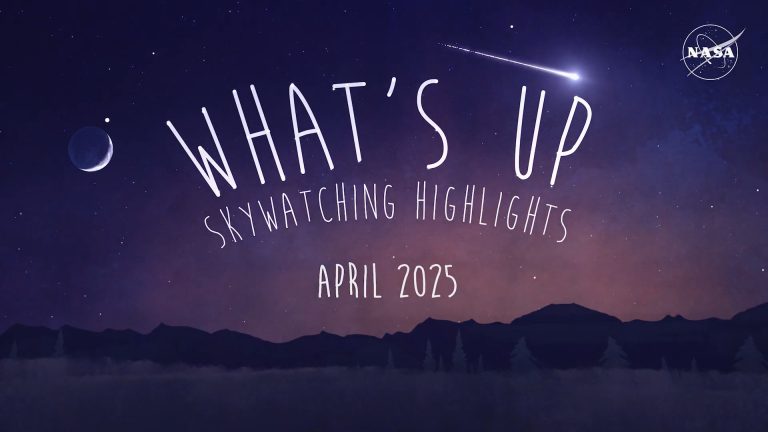2024年5月19日
Jupiter Diving
Animated Video Credit: NASA, JPL-Caltech, SwRI, MSSS, Gerald Eichstadt, Justin Cowart
Explanation: Take this simulated plunge and dive into the upper atmosphere of Jupiter, the Solar System’s ruling gas giant. The awesome animation is based on image data from JunoCam, and the microwave radiometer on board the Jupiter-orbiting Juno spacecraft. Your view will start about 3,000 kilometers above the southern Jovian cloud tops, and you can track your progress on the display at the left. As altitude decreases, temperature increases while you dive deeper at the location of Jupiter’s famous Great Red Spot. In fact, Juno data indicates the Great Red Spot, the Solar System’s largest storm system, penetrates some 300 kilometers into the giant planet’s atmosphere. For comparison, the deepest point for planet Earth’s oceans is just under 11 kilometers down. Don’t worry though, you’ll fly back out again.
Dive into the Universe: Random APOD Generator
Tomorrow’s picture: aurora amazing
跳入木星
动画提供: NASA, JPL-Caltech, SwRI, MSSS, Gerald Eichstadt, Justin Cowart
说明: 请参与这个骤降模拟,体会跳入太阳系最大的气态巨行星(木星)的高层大气之感受。这部令人惊叹的动画,植基于绕行木星的朱诺号航天器之朱诺相机影像及微波辐射计之数据。视野的起点在木星南半球云顶上方约3,000公里之处,而旅程的进度可参考左侧的显示器。当你深入木星著名的大红斑时,随着高度下降,温度也随之升高。朱诺号的数据显示,大红斑这个太阳系最大的风暴系统,深入木星的大气层约300公里。作为对比,地球海洋的最深处只比11公里要多一点。 不过别担心,你会再飞出来。
深入宇宙: 随机APOD生成器
明日的图片: aurora amazing







One Comment